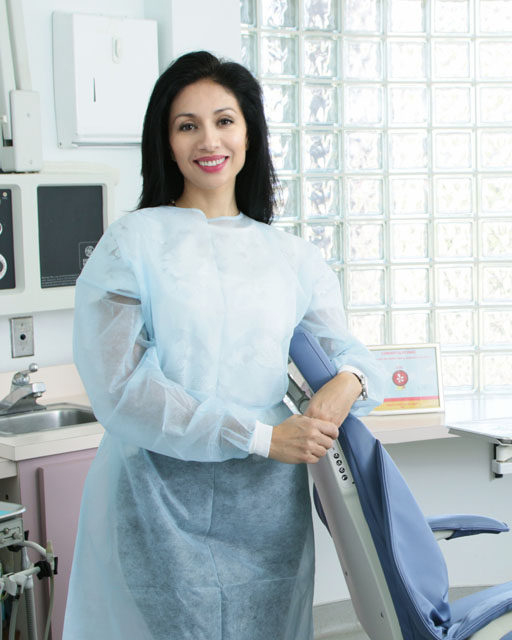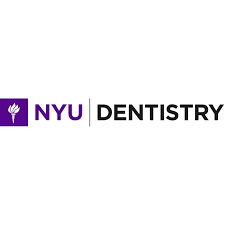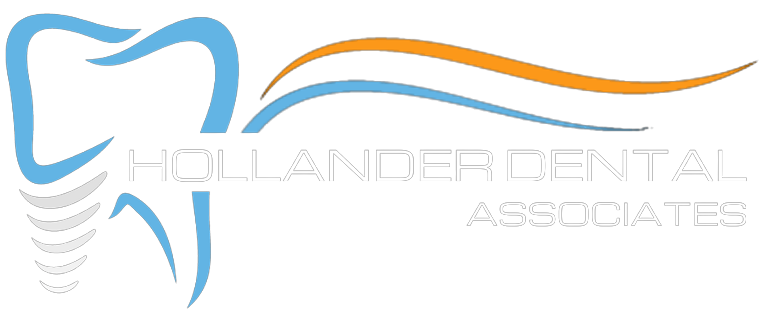
Hollander Dental Associates
Hollander Dental Associates has been serving the Carlsbad community for over 25 years. Our commitment to excellent dental care is always our first priority. We strive to achieve the highest levels of patient satisfaction in all phases of dental services including cosmetic dentistry, teeth whitening, dental implants, Invisalign and more.
Read More
Full-Service Dentistry
FULL-SERVICE DENTISTRY IN CARLSBAD CA General dentistry is a field of dentistry that deals with a wide range of dental services that can help prevent cavities and gum disease. ...
read more
Emergency Dentistry
EMERGENCY DENTISTRY IN CARLSBAD, CA Emergency dentistry is a branch of dental medicine that focuses on treating unexpected dental problems. Teeth and gums can undergo various den...
read more
Cosmetic Dentistry
COSMETIC DENTISTRY IN CARLSBAD, CA Cosmetic dentistry is a branch of dentistry that mainly focuses on improving the appearance of the smile. There are several procedures that fal...
read more
Dental Implant
DENTAL IMPLANT IN CARLSBAD, CA Dental implants are a safe, effective, and cosmetically pleasing way to replace missing teeth. Implants are surgically placed in your jawbone and f...
read more
Porcelain Veneers
PORCELAIN VENEERS IN CARLSBAD, CA Porcelain veneers are very thin shells of ceramic that bond directly to the front and top surfaces of the teeth. They are an ideal choice for im...
read more
TMJ Massage Therapy
TMJ MASSAGE THERAPY IN CARLSBAD, CA TMJ is a disorder that affects the joints in the jaw, called the temporomandibular joints. This disorder is often characterized by pain, tende...
read more
Laser Cleaning
LASER CLEANING IN CARLSBAD, CA Laser dental cleaning is a procedure that uses a dental laser to gently remove plaque and tartar from the surface of your teeth. Classic dental cle...
read more
Smile Makeover
SMILE MAKEOVER IN CARLSBAD, CA A smile makeover is a series of treatments designed to correct minor dental imperfections, restore teeth that have been damaged by tooth erosion or...
read more
Anita Omidi, DMD
Dr. Anita Omidi is extensively trained in all aspects of general and cosmetic dentistry including root canals, oral surgery and dental implant restorations. Raised in San Diego, Dr. Omidi graduated from UCSD with a degree in Biology. She then attended Boston’s prestigious Tufts University School of Dental Medicine in which she received her DMD degree in 1994. Along with practicing dentistry in San Diego she has also practiced in Los Angeles and had a practice on the famous Park Avenue in New York.


IMPLANT DENTISTRY
EXPLORE IMPLANT DENTISTRYTMJ Massage Therapy
EXPLORE TMJHollander Dental Associates
Location
1273 Las Flores Dr,
Carlsbad, CA, 92008
Phone: (760) 434-2526Text Us: (760) 434-2526
















